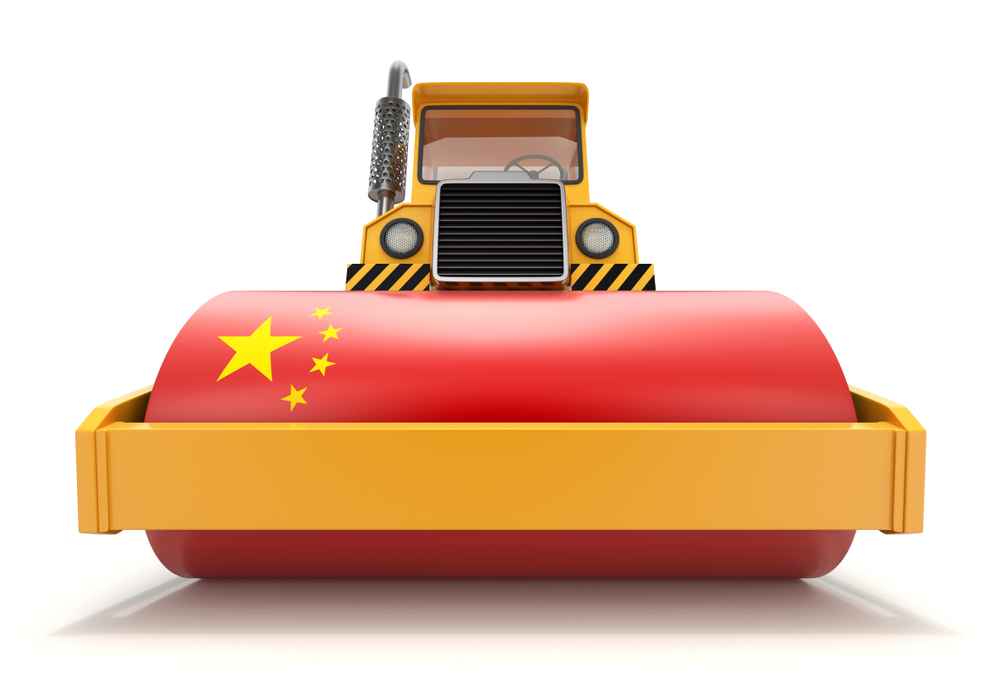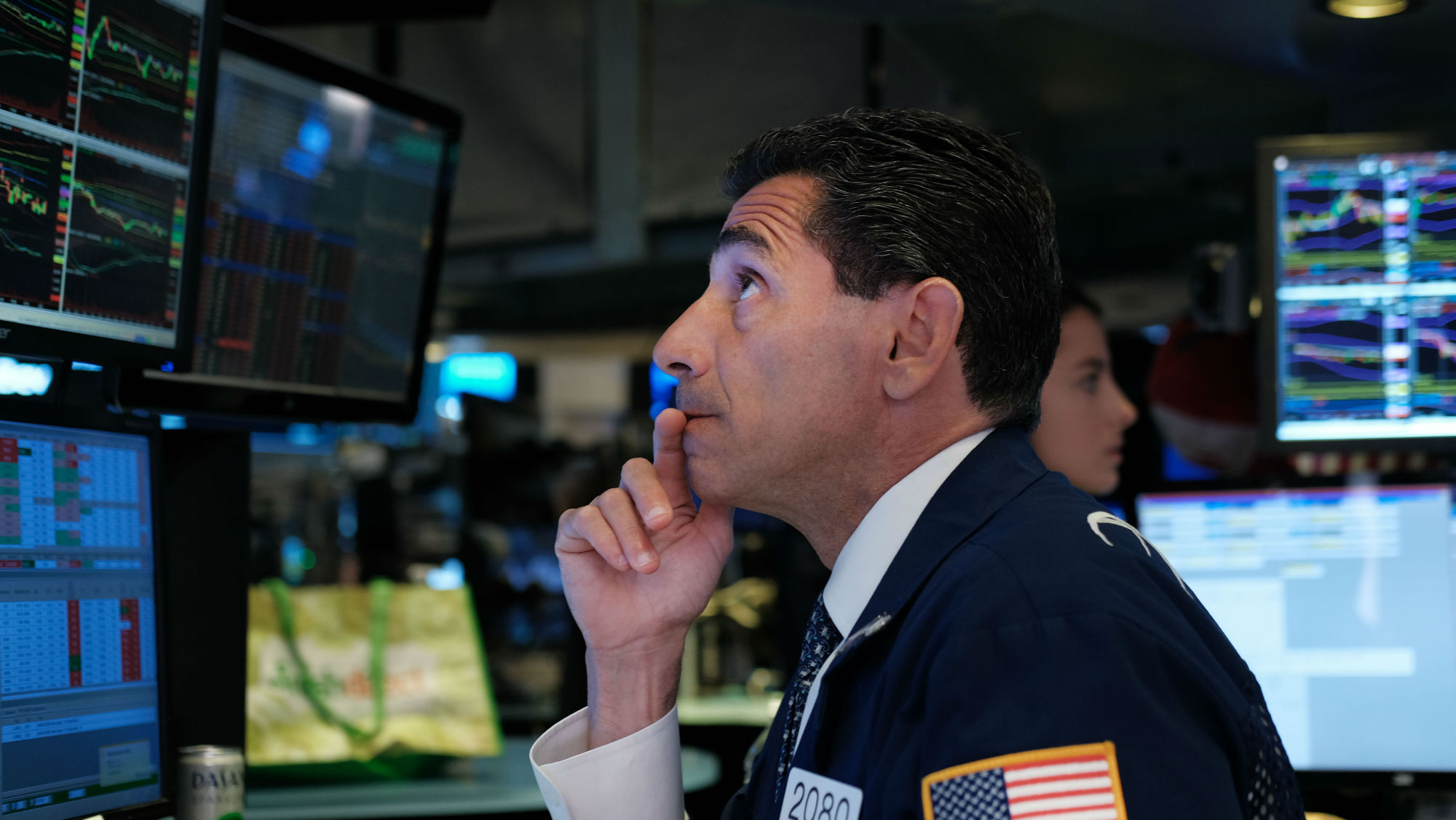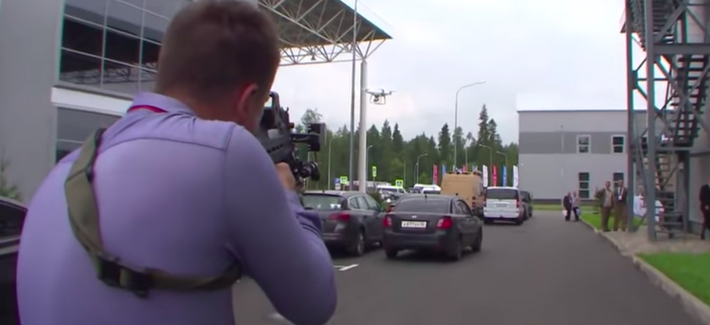Alex Emmons
AFTER 18 YEARS of war, and months of direct talks, the United States appears to be on the brink of reaching an unprecedented peace agreement with the Taliban that would bring about U.S. troop withdrawal from Afghanistan.
A draft agreement was reached in March, and negotiators in Qatar have reportedly been ironing out the details ahead of a September 1 deadline — including exactly when U.S. troops will withdraw and when a permanent ceasefire between the parties will take effect. The U.S. is reportedly also seeking assurances from the Taliban that it won’t harbor foreign terror groups like ISIS and Al Qaeda and will engage in dialogue with the Afghan government after the U.S. military leaves.
It’s the closest the U.S. has come to a diplomatic breakthrough with the Taliban, and foreign policy scholars are cautiously optimistic that it could facilitate a U.S. exit. But a new report from the Costs of War Project at Brown University’s Watson Institute argues that the agreement won’t lead to real peace unless it addresses the elephant in the room: the fate of regional Afghan militias paid and directed by the CIA.
“Militias that operate outside the control of the central state and the chain of command of its armed forces will undermine the process of state formation and the prospects for a sustainable peace,” the report reads.






















